Eye diseases with pictures
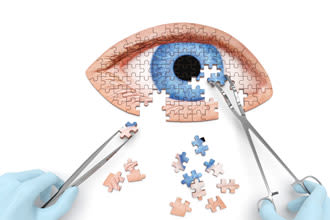
There are certain eye diseases which affect most of the population of the world. Regular examination and responsible behavior towards the eyes health saves your eyes from the diseases which on onset are not so harmful. But these diseases can be very dangerous for vision if left untreated and undiagnosed.
1. Cataract
Cataract is the cloudiness of the eye that occurs due to clumping of lens proteins. This increases the thickness and refractive index of the lens. This results in myopic shift of the eye. It can be acquired or congenital. It has 4 stages which include
- Immature cataract
- Mature cataract
- Hyper mature cataract
- Morgagnian cataract
The reasons of the onset of this disease include metabolic diseases (diabetes), drug induction (excessive intake of steroids), trauma or injury and associated diseases.

2. Corneal ulcers
Ulcer is the degeneration of the epithelial layer. Corneal ulcer is the degeneration of the cornea as a result of necrosis of the corneal tissue. Its symptoms include redness, water discharge, foreign body sensation, photophobia, eyelid irritation.
It has four types
In bacterial ulcers, pus cells settle down in the lower corneal chamber of the eye. Patients present with marginal blurring of vision and pain.
In fungal ulcers, there is a mucopurulent discharge. Patients present with decreased corneal sensitivity.
In viral ulcers, there is a formation of dendrites like lesion. The patients present with water discharge and high photophobia.
In protozoal ulcers, there is a formation of ring like structure around the lens and peripheral radial lines in the cornea.
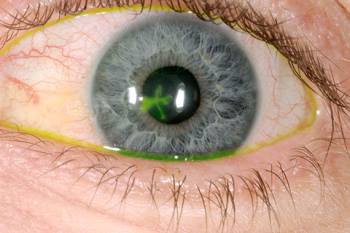
3. Uveitis
Uveitis is the collection of diseases that affect uveal tract. It is the inflammation of iris, ciliary body and choroid. It is either granulomatous or non-granulomatous. The symptoms of uveitis vary depending upon the anatomical position. The patients present with pain, redness, photophobia and damage to the tissue. Pain is the most common complain of the patients. Some diseases that increase the chance of uveitis are Psoriasis, rheumatoid arthritis, juvenile arthritis. It can occur in one or both eyes.
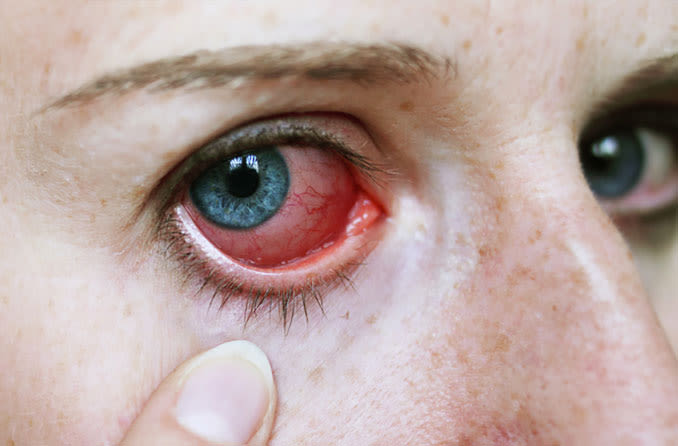
4. Glaucoma
Glaucoma is a group of diseases which causes decrease in visual field, optic disc cupping and increase in intra-ocular pressure of the eye. It has two types. Open angle glaucoma and angle closure glaucoma. In first type, there is a narrowing of angle between cornea and iris for the drainage of aqueous humor. Angle closure glaucoma occurs due to sudden complete blockage of aqueous drainage. The vision loss cannot be restored in this disease. However we can preserve the remaining vision.
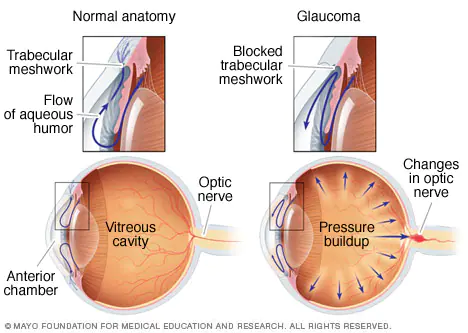
5. Keratoconus
It is one of the types of corneal ectasia (corneal thinning). It is usually a bilateral, anti-inflammatory, and asymmetrical disease of the cornea. The cornea generally bulges out into a cone shape. Its symptoms include frequent changes in glasses description, decrease in vision, light sensitivity, myopia and astigmatism. It occurs due to the defective development of mucopolysaccharide and collagen in the epithelial membrane of the cornea. Scleral contact lens- almost 90 percent of patients are recommended this treatment, not surgery.
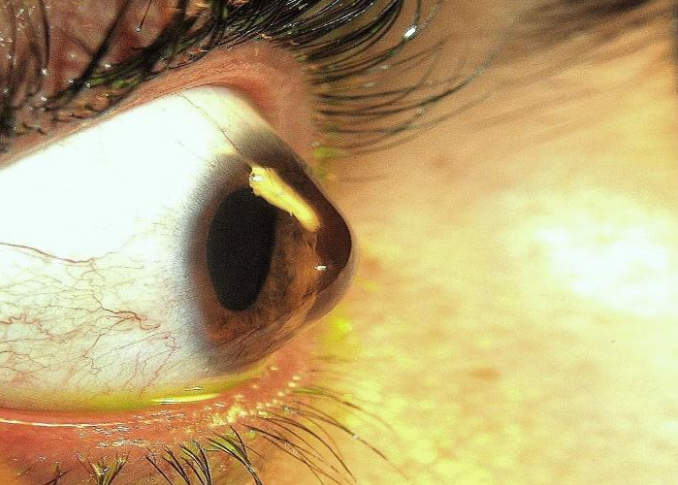
6. Dacryocystitis
It is the acute inflammation of lacrimal sac at the nasal side. The eye shows large swelling. There is a complete blockage of tears in the respective duct. In most cases the disease is first treated with medication and then surgery occurs.
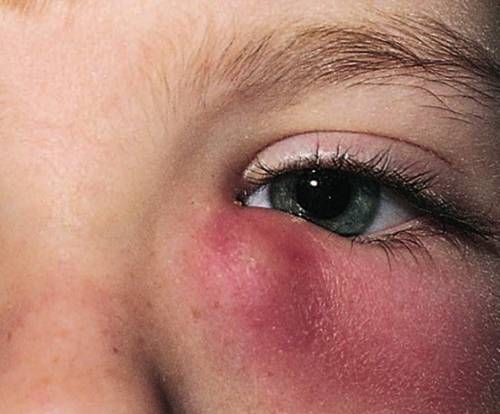
7. Retinal vein occlusion
It occurs when retinal arteries impose pressure on the retinal veins. It can also occur due to formation of blood clots formed in one of the retinal veins. It generally affects older people. The vessels may rupture leading to leakage of blood elements in the inner chamber of eye. It results in blurred vision and sudden loss of vision. it results in neovascularization in retina, macular edema and neovascular glaucoma.

8.Diabetic retinopathy
Diabetic complications are the leading cause of blindness in young patients. It usually affects both eyes. It has proliferative and non-proliferative stages. The symptoms include micro-aneurysms, formation of soft and hard exudates, neovascularization and retinal detachment in advanced cases. Fundus examination helps in diagnosing it. People who have diabetes should regularly visit to their ophthalmologists.
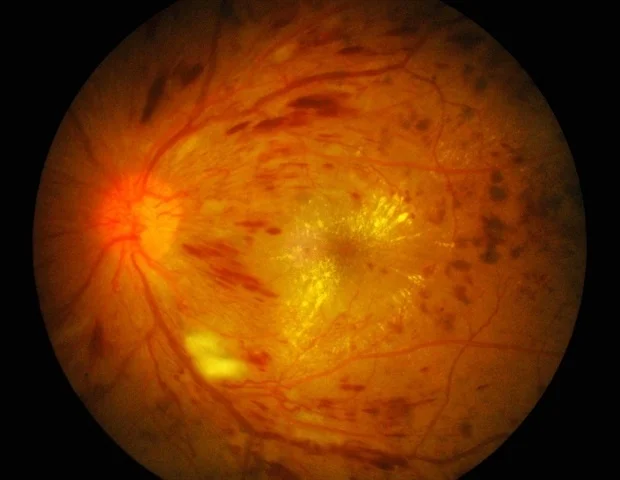
9. Blepharitis
Let’s talk about common eyelid disease blepharitis. In anterior blepharitis, there is either an appearance of waxy scales or hard scales on the eyelashes. In posterior blepharitis there is blockage of blockage of tiny oil glands or Meibomian glands leading to inflammation of the eyelids and eyes.

Are refractive errors diseases? The refractive errors are not considered as ocular diseases generally. However if they are related to any progressive pathology then they are considered as diseases. They also occur secondary to other eye diseases. We do not call ‘refractive errors’ as ‘refractive diseases.’
Founder of EyesMatterMost- an optometry student who loves talking about eyes. I tend to cover topics related to optometry, ophthalmology, eye health, eyecare, eye cosmetics and everything in between. This website is a medium to educate my readers everything related to eyes.

